Review
Vauxhall’s reintroduction of the Frontera nameplate has seen it launch a likeable and practical medium SUV. Low P11D prices and the availability of a fully-electric powertrain should make it an attractive option for company car and salary sacrifice drivers.
Overview
Vauxhall’s latest Grandland was well received when it was launched earlier this year, and the manufacturer has now introduced a second model range – the Frontera - to join it in the C-SUV sector.
Why does it need two models in the same sector? Well, Vauxhall says 33% of new car registrations come from this segment, with it also accounting for 40% of new electric car sales, so there is clearly demand from buyers for this type of car.
The Frontera is also positioned to a different part of that sector. While the Grandland has a starting price of £33,535 and has the likes of the Skoda Enyaq in its sights, the Frontera is very much a value proposition, beginning from £23,495.
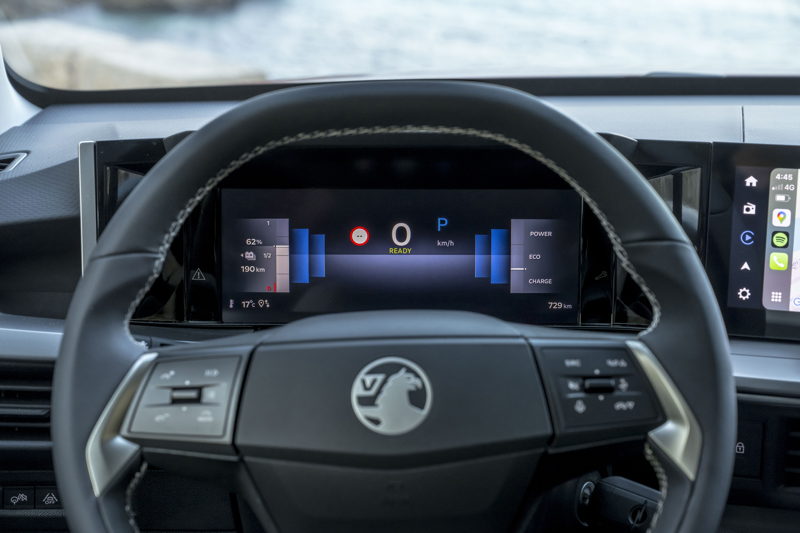
Size-wise, it is positioned between Mokka and Grandland in the Vauxhall range. It is also the first of the manufacturer’s cars to offer price parity between electric and hybrid models, eliminating the list price premium that the zero emission cars usually attract.
Currently three powertrain options are available: a hybrid model which uses a 1.2-litre turbocharged petrol engines in either 100PS or 136 outputs, supplemented by a 28PS electric motor, and a 111PS fully electric option with a 44kWh battery and a WLTP range of up to 186 miles.
A long-range electric powertrain, which has a provisional WLTP range of up to 248 miles, will be launched next year.
Comfort and practicality
Frontera drivers will get a lot of practicality for their money.
There’s a surprising amount of leg and headroom for both front seat and rear seat occupants, although as Frontera is relatively narrow, shoulder room is affected slightly. Boot space is 460 litres with the rear seats up.
Given its pricing though, it is no surprise Frontera takes a no-frills approach to interior design and quality of materials.
There is plenty of hard plastic in the cabin, but Vauxhall has been able to walk the fine line between value and not feeling cheap, while it seems sturdily put together. It’s certainly not luxurious, but the no-frills approach suits the car and adds to its likeability.
It also features a significant amount of recycled materials. Aiding sustainability, the fabrics and surfaces such as door panels are made from materials with recycled content. In addition, elements such as the GS steering wheel are made of vegan synthetic leather.
One design feature which does lift the tone is the Pure Panel cockpit with features two 10-inch wide screens, along with physical buttons for key functions.
Safety and technology
The Pure Panel cockpit is perhaps the highlight of the cabin and is divided between the driver display and central information touchscreen.
Standard equipment levels are decent given the price, with satellite navigation included on all trims, as are wireless Apple CarPlay/Android Auto and wireless smartphone charging.
Entry-level Design offer 16-inch black steel wheels with wheel arch cladding and body-colour bumpers with black skid plates.
All models get Intelli-LED headlights, which include LED daytime running lights and high beam assist.
Customers can also choose the optional Design Style Pack (£400), which comprises 16-inch white steel wheels, a white roof and roof rails.
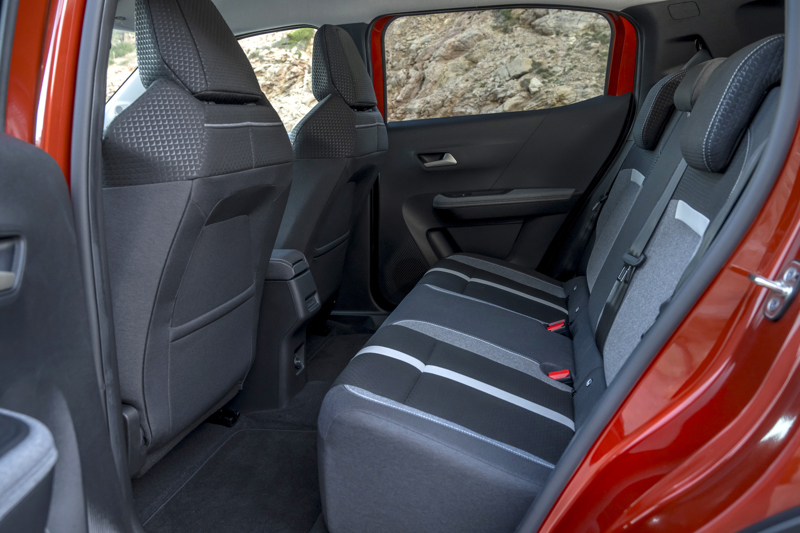
GS models come with 17-inch alloy wheels, high gloss black door mirrors and silver skid plates. GS variants also feature a black roof with tinted rear windows and LED taillights.
Standard safety equipment includes forward collision warning with emergency braking and pedestrian detection, driver attention alert, cruise control with speed limiter and a 130-degree rear view camera.
The only other options available are seven seats (£550) on hybrid GS only, and Ultimate pack (£800) on GS which features heated front seats, heated steering wheel, heated windscreen, roof rails and LED fog lamps.
Driveability and efficiency
CO2 emissions and fuel economy for the 100PS version hybrid model have not yet been published, but the 136PS versions produce 111g/km with a WLTP combined figure of 53.3mpg.
We drove the 136PS variant which, as its 0-62mph time of 9.0 seconds suggests, offers punchy performance.
It rides well on the 16-inch steel wheels fitted to the test Design trim model, with the decent amount of suspension travel helping to smooth out road imperfections impressively.
It handles tidily as well, feeling nimble and light on its feet. Wind noise is suppressed well, but the sound of the engine can be intrusive at times.
The electric Frontera obviously doesn’t suffer from the same issue and - depending on the type of road surface – is an impressively quiet cruiser.
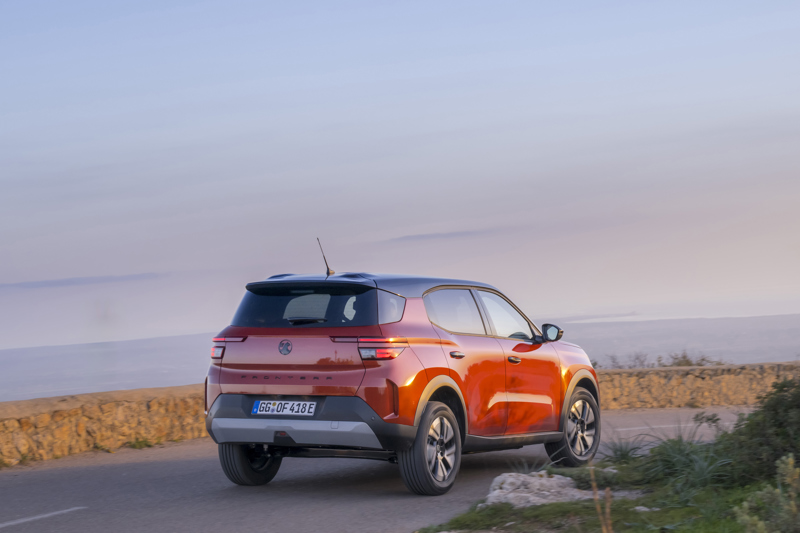
Performance is ample, although not as spritely as the hybrid version (the 0.62 sprint takes 12.1 seconds), while at 170kg heavier (1,514kg vs 1,344kg) it feels slightly less agile. However, the difference is not enormous and both offer a decent driving experience.
It can charge at up to 100kW from a DC rapid charger, allowing the battery to charge from 20% to 80% capacity in less than 30 minutes. An onboard 11kW charger means it can go from empty to full in just over four hours from an appropriate AC unit.



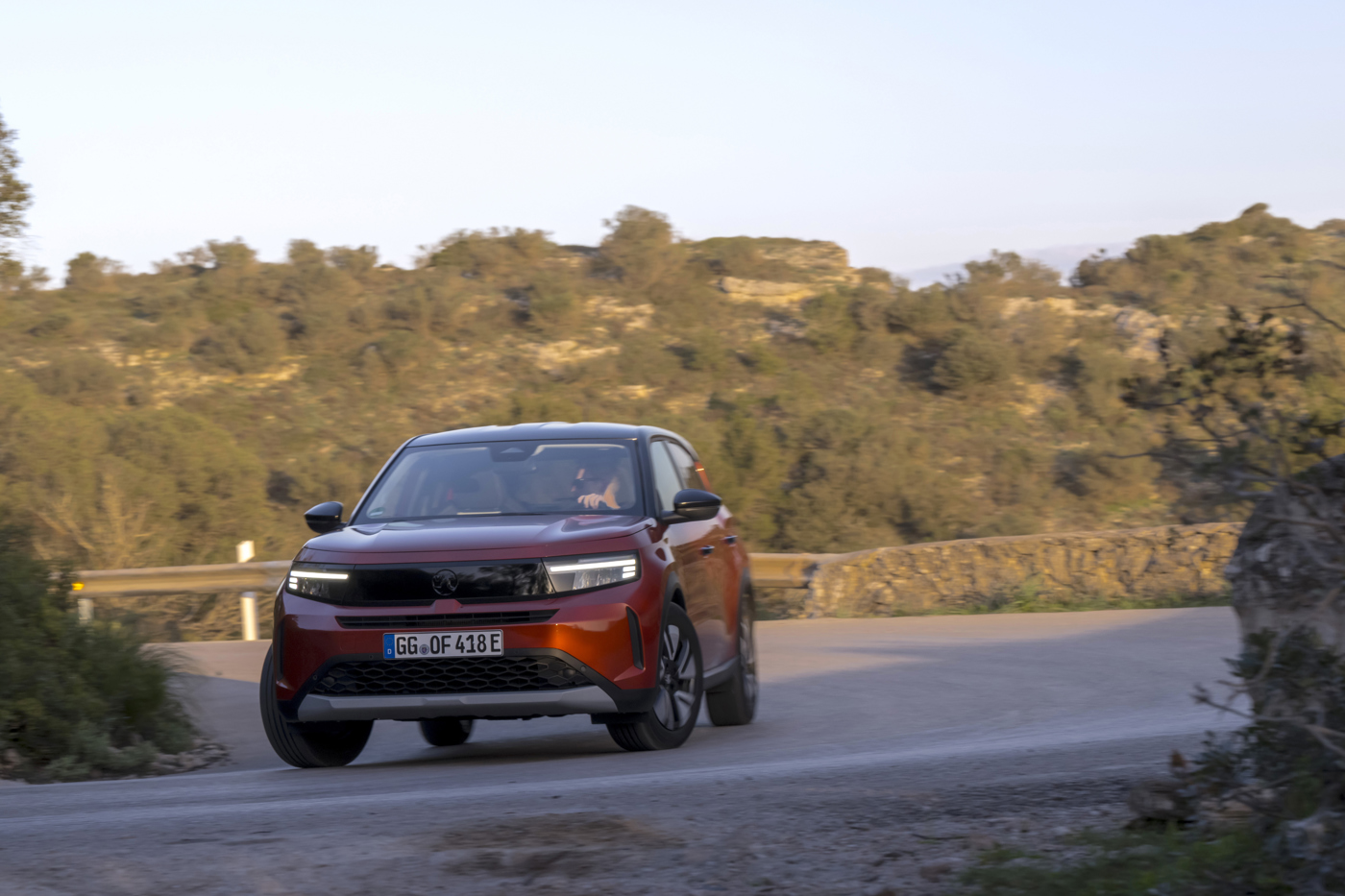
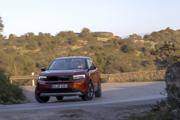
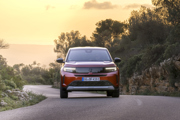
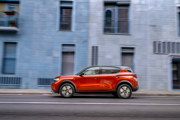
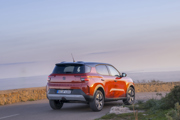
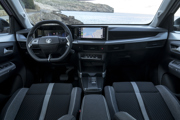
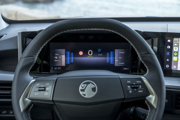
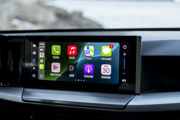
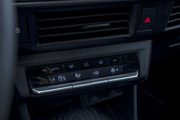
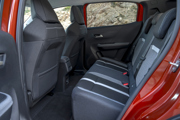
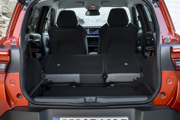



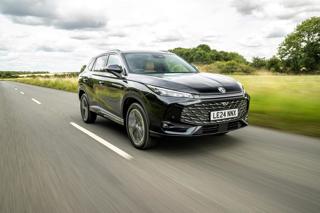
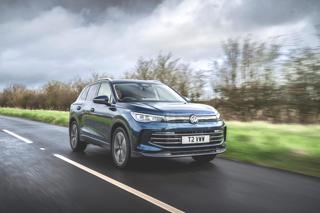
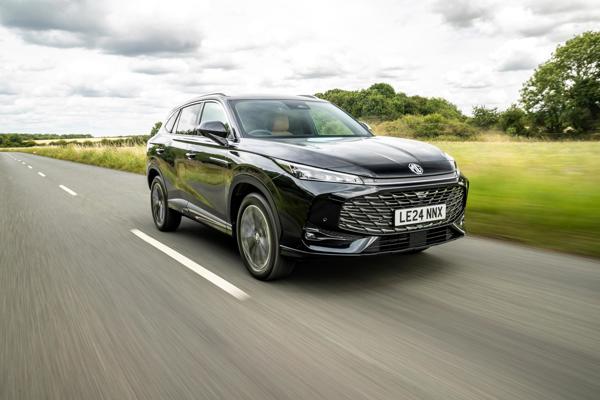
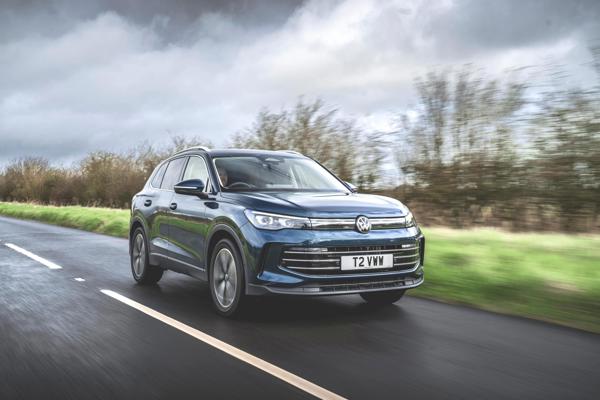
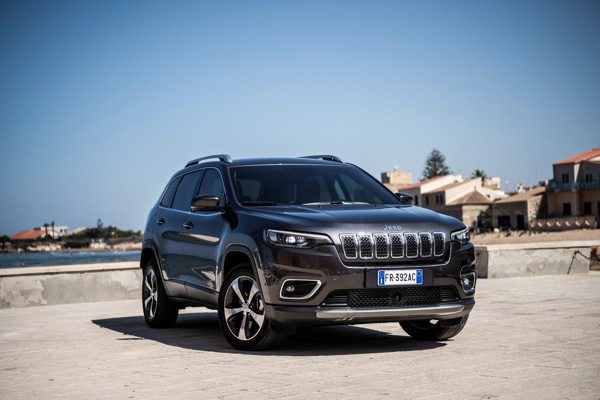
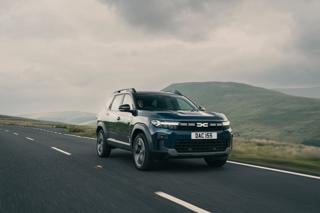
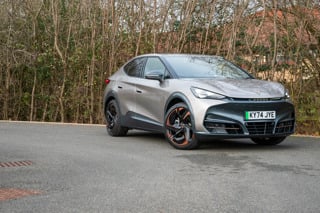

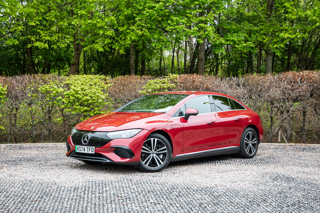













Login to comment
Comments
No comments have been made yet.